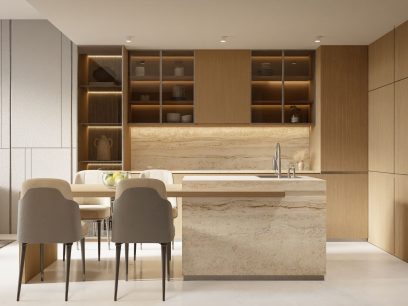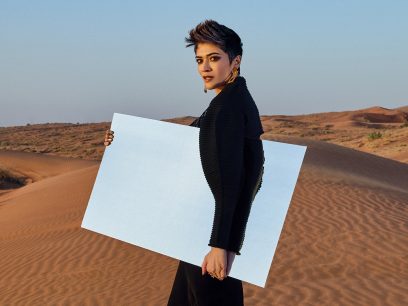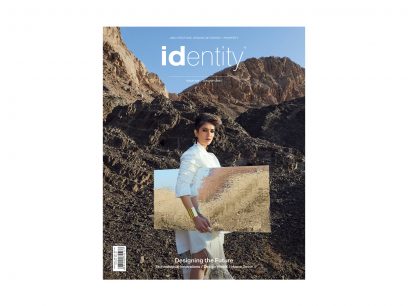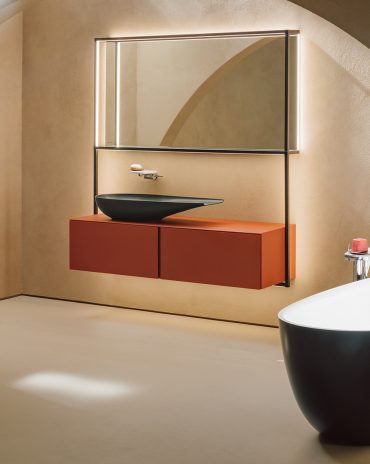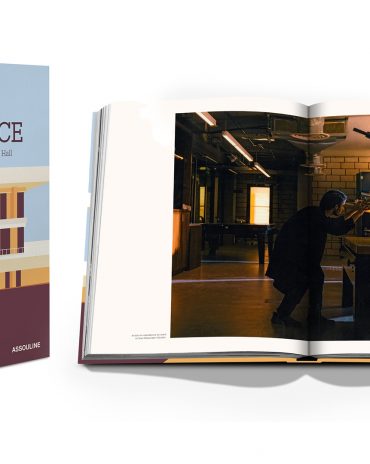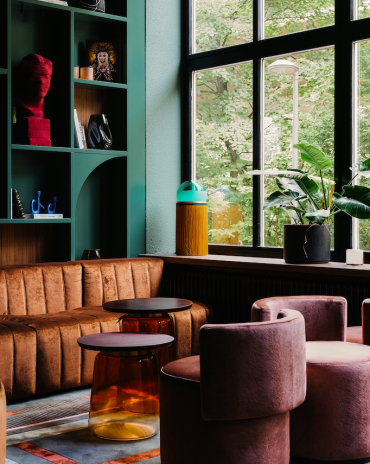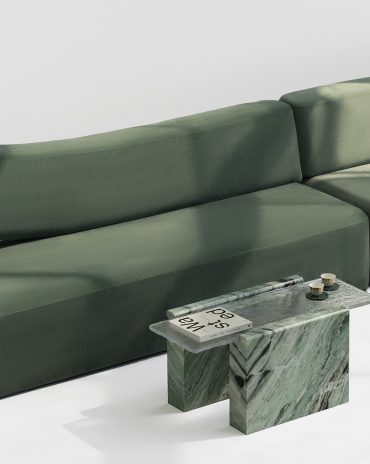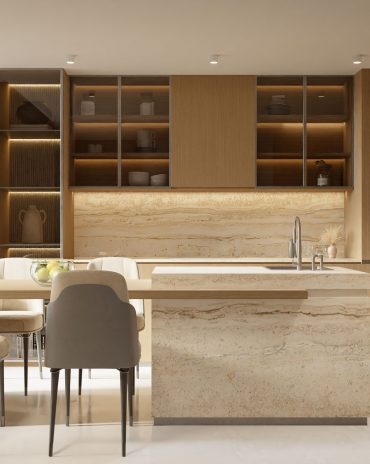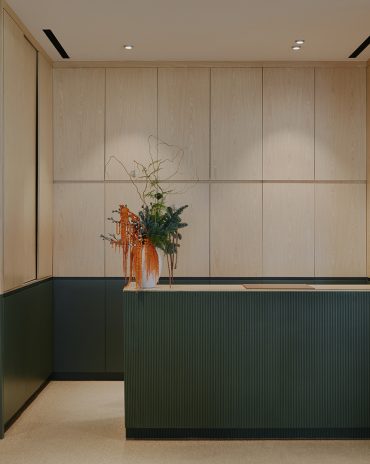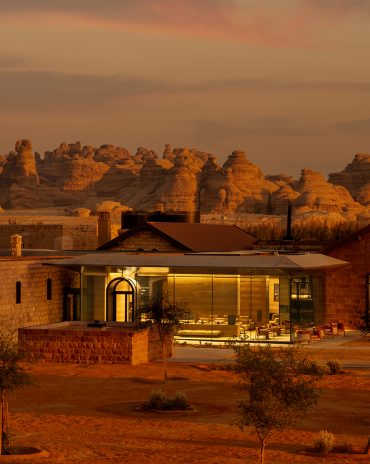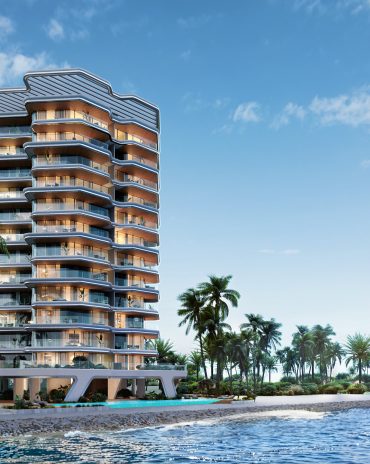Copyright © 2025 Motivate Media Group. All rights reserved.
id library: Update your reading list
Our reading list this month looks at the continuous innovative and progressive world of architecture and urbanization

Mei Architects and Planners launches Open-Access e-book Version of its latest book, Included

Mei Architects and Planners is introducing a free digital version of its latest book, Included. Architecture as a means for a new future. After the successful launch of the offset print version, and at the request of many, Mei has decided to release an open-access e-book in order to make the book accessible to all, in line with the inclusive spirit on which Mei’s work and its latest book is based.

Schiecentrale Rotterdam, project by Mei architects and planners
Included. Architecture as a means for a new future, published by nai010 publishers, explores new ways of working and building that respond to the growing ecological and social needs for a different approach to the built environment. Like a ‘cookbook’, the richly coloured publication, designed by graphic design agency 75B, contains a layered set of ingredients to shape the architecture of tomorrow. With this book, Mei dives into an idiosyncratic work in which respect for the environment is central.

SAWA Rotterdam, project by Mei architects and planners
Innovating Design
Alan George from Orange Design recommends Human Centric Urban Innovations by Baharash Bagherian

As designers, we all strive to create and live in spaces that elevate our way our life. Over the last century, however, this has come at a grave cost. Global temperatures and levels of pollution have risen exponentially. We need to start solving these problems with design at macro scale!

Dubai Reefs Project
That is exactly what Human Centric Urban Innovations focuses on. Authored by Baharash Bagherian, this book illustrates how future cities could operate. Most importantly, it highlights how sustainable living does not have to be a compromise. In fact, when done correctly, it is highly aspirational. The book is a visual delight, with key diagrams explaining how future cities can be put together. There is a strong narrative of both design and socio-economic influences. Unlike other books on the topic, this one can be easily digested by anyone interested in the topic of urban innovation through sustainability.

Key principles to urban design are tackled with a pragmatic approach. Cities are an urban tapestry, and as such have multiple layers, each providing a function to the built environment. Baharash crafts a narrative that allows the readers to go on a journey, delivering an experience that dives deep into case studies of urban innovation around the GCC. The reader can visually see how a city has a ‘heart & arteries’, and how that impacts the pedestrian experience. This book contains tangible insights that aim to inspire and spark conversations about how we experience urban cities. I would highly recommend this book to any designer who is passionate about the topics of sustainability and the built environment.

The Latest
Textures That Transform
Aura Living’s AW24 collection showcases the elegance of contrast and harmony
Form Meets Function
Laufen prioritises design, functionality and sustainability in its latest collections
Preserving Culture, Inspiring Creativity
Discover the Legacy of a Saudi Art Space: Prince Faisal bin Fahd Arts Hall explores the Hall’s enduring influence on the cultural fabric of Saudi Arabia
Channelling the Dada Spirit
Free-spirited and creative, The Home Hotel in Zurich injects a sense of whimsy into a former paper factory
id Most Wanted- January 2025
Falaj Collection by Aljoud Lootah Design
Things to Covet in January
identity selects warm-toned furniture pieces and objets that align with Pantone’s colour of the year
Shaping the Future of Workspaces by MillerKnoll
Stacy Stewart, Regional Director Middle East & Africa of MillerKnoll discusses the future and evolution of design in workspaces with identity.
Shaping Urban Transformation
Gensler’s Design Forecast Report 2025 identifies the top global design trends that will impact the real estate and built environment this year
Unveiling Attainable Luxury
Kamdar Developments has launched 105 Residences, a new high-end development in Jumeirah Village Circle.
The Muse
Located in the heart of Jumeirah Garden City, formerly known as ‘New Satwa’, The Muse adds to the urban fabric of the area
Cultural Immersion Meets Refined Luxury
The Chedi Hegra opens its doors in AlUla’s UNESCO World Heritage Site
Redefining Coastal Luxury
Sunshine Bay on Al Marjan island combines seaside views, exceptional design, and world-class amenities to create a unique waterfront haven


